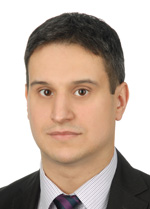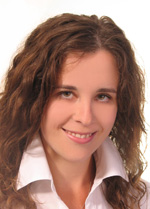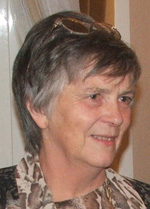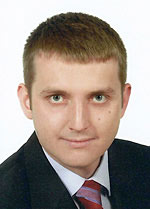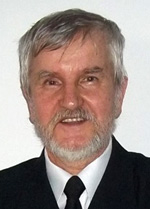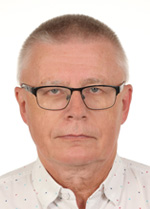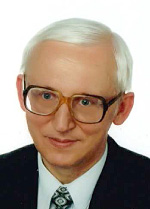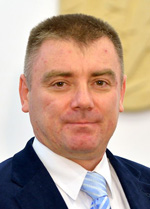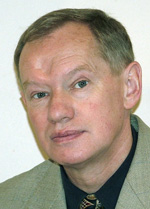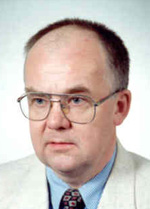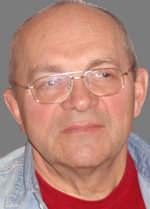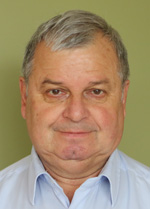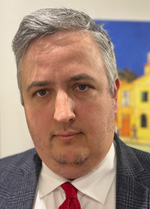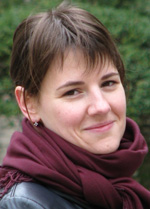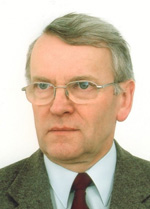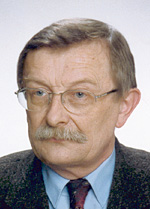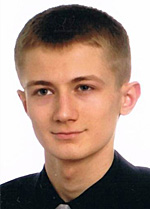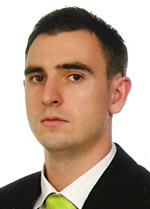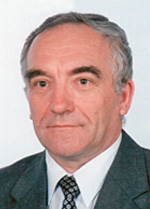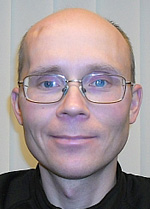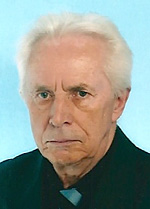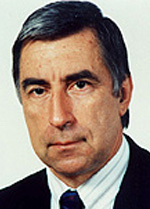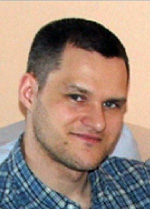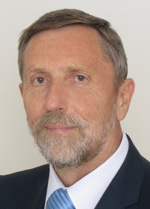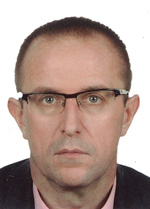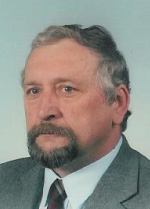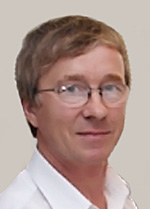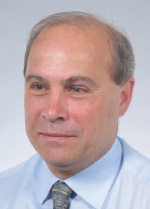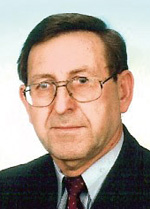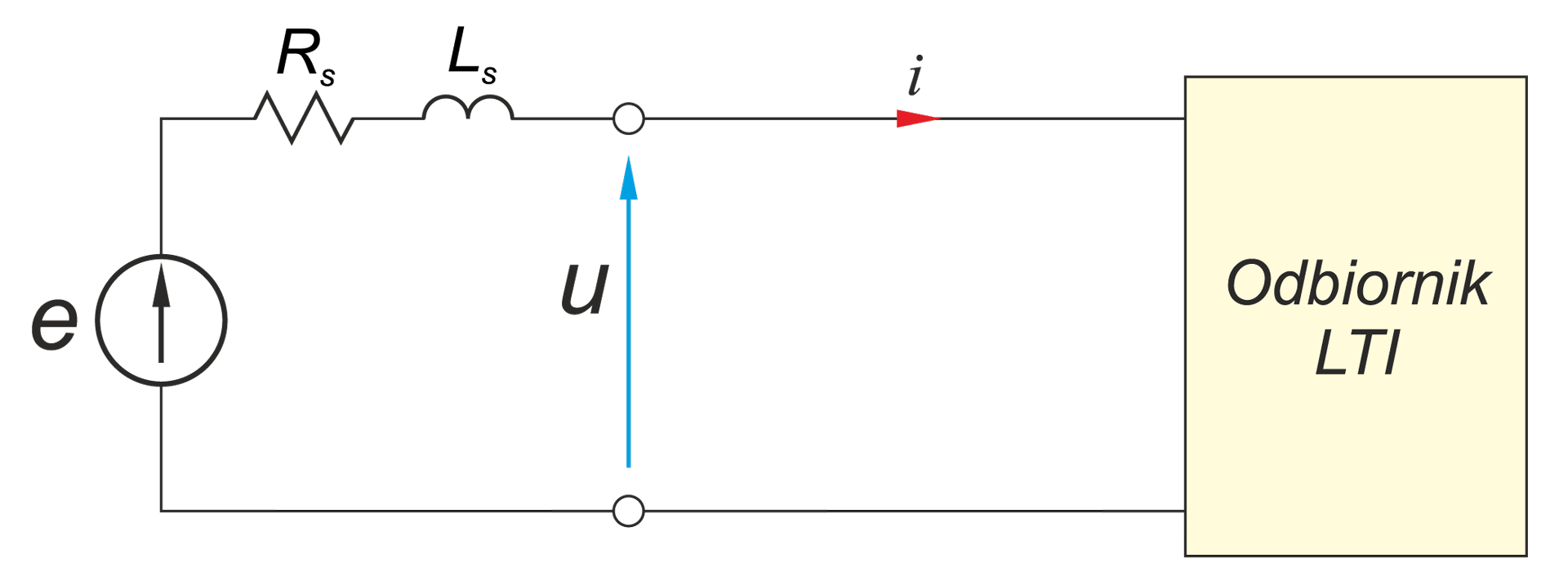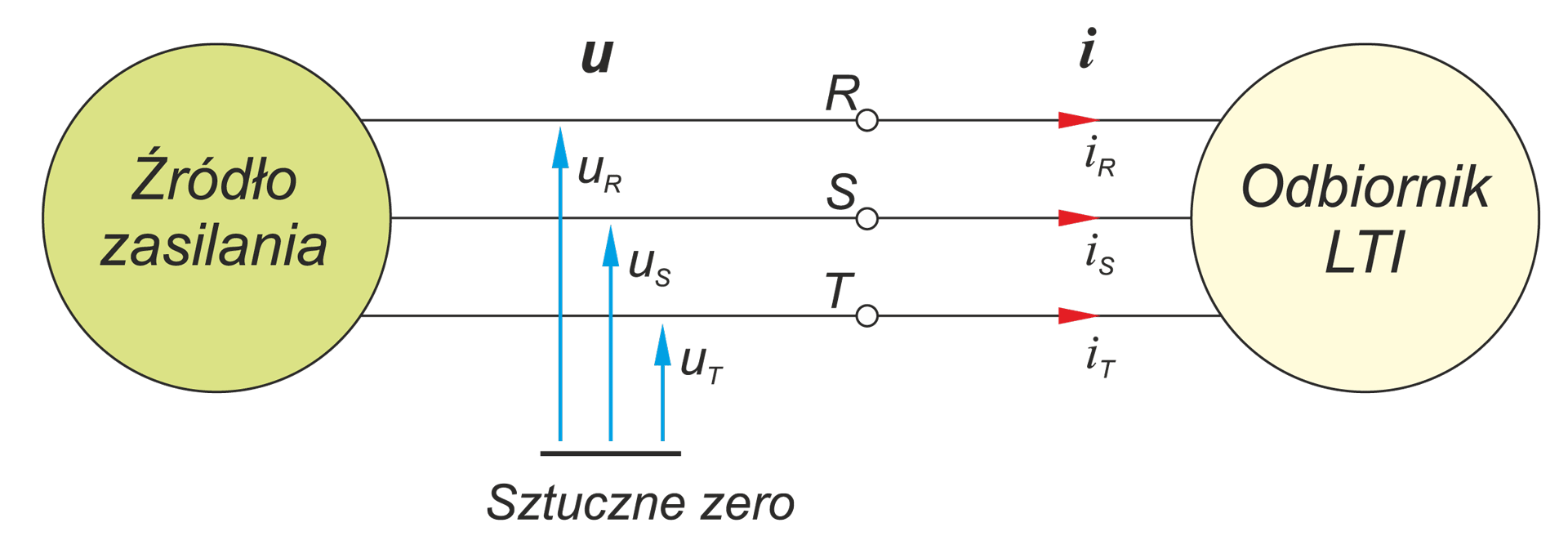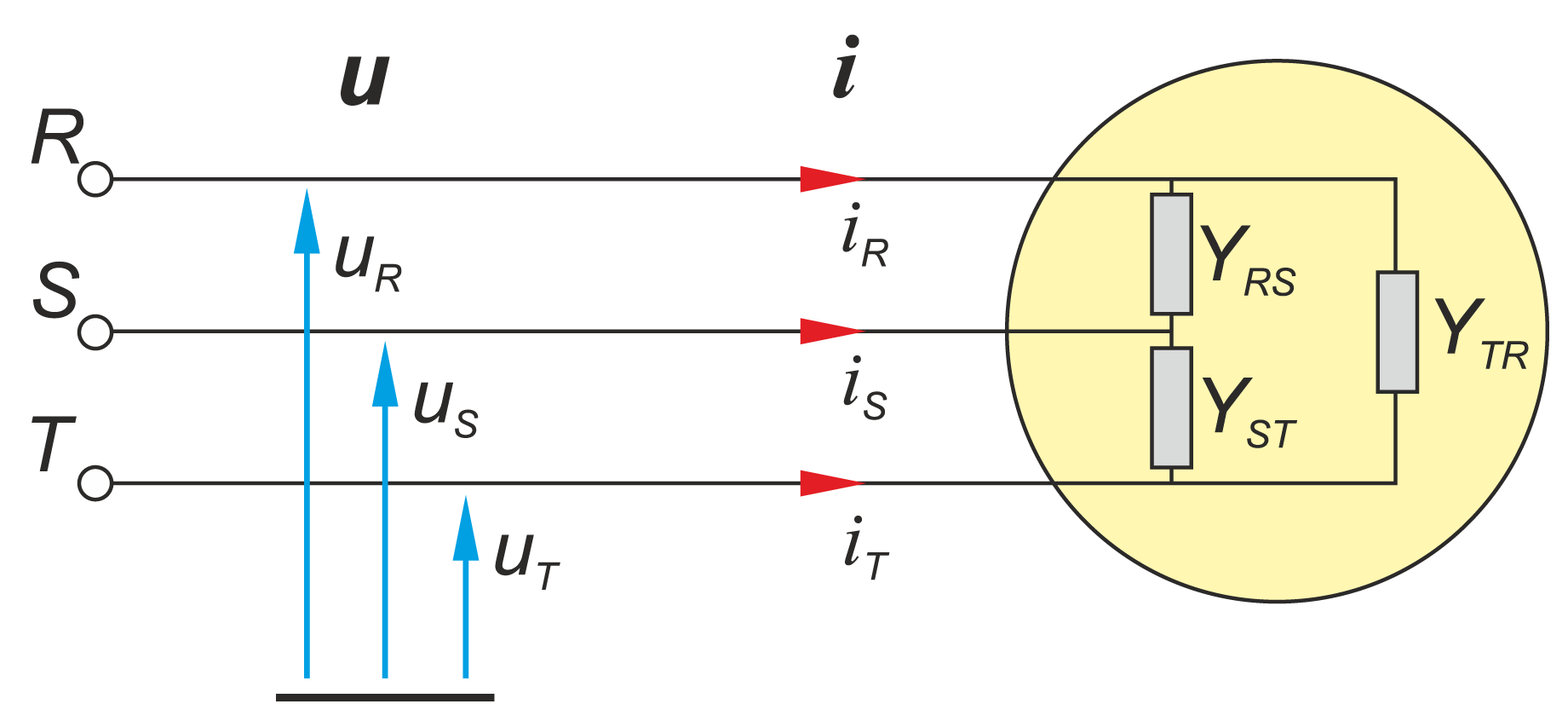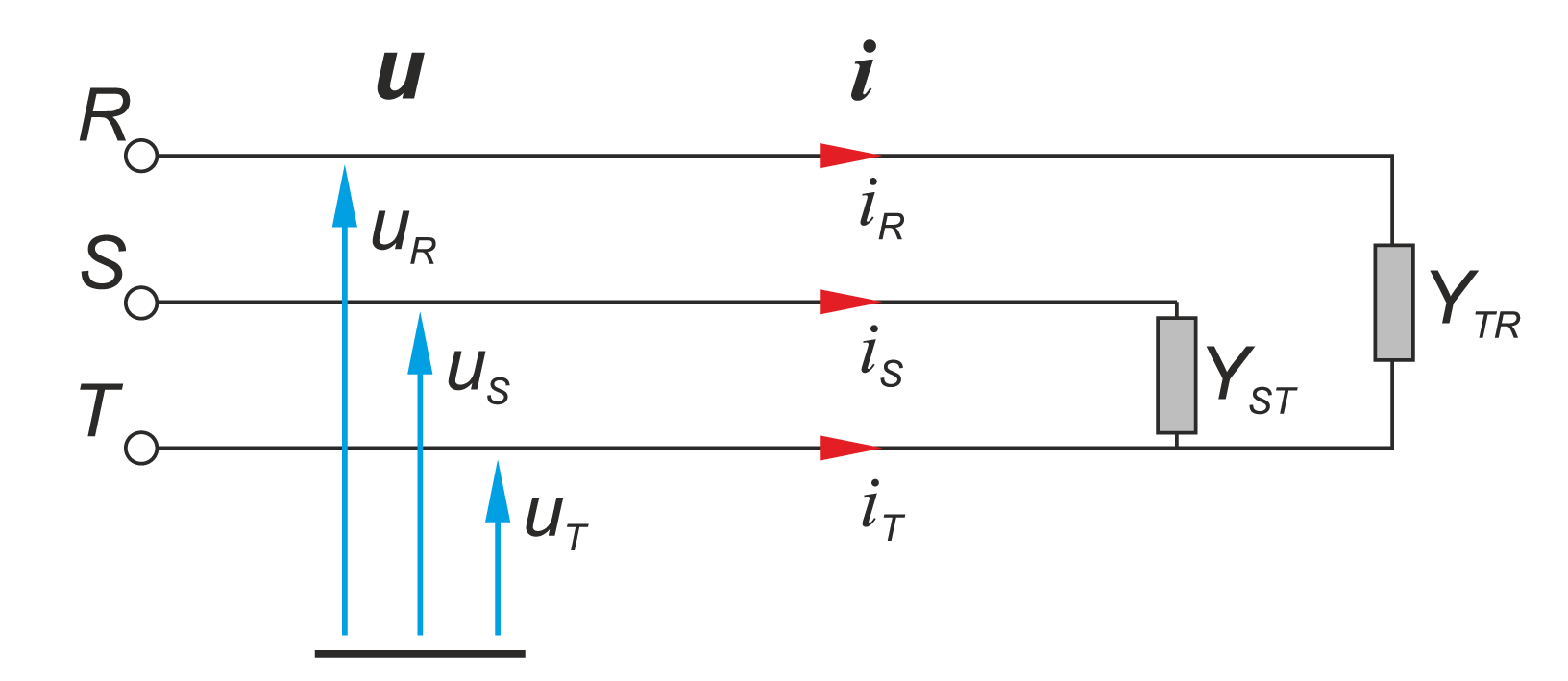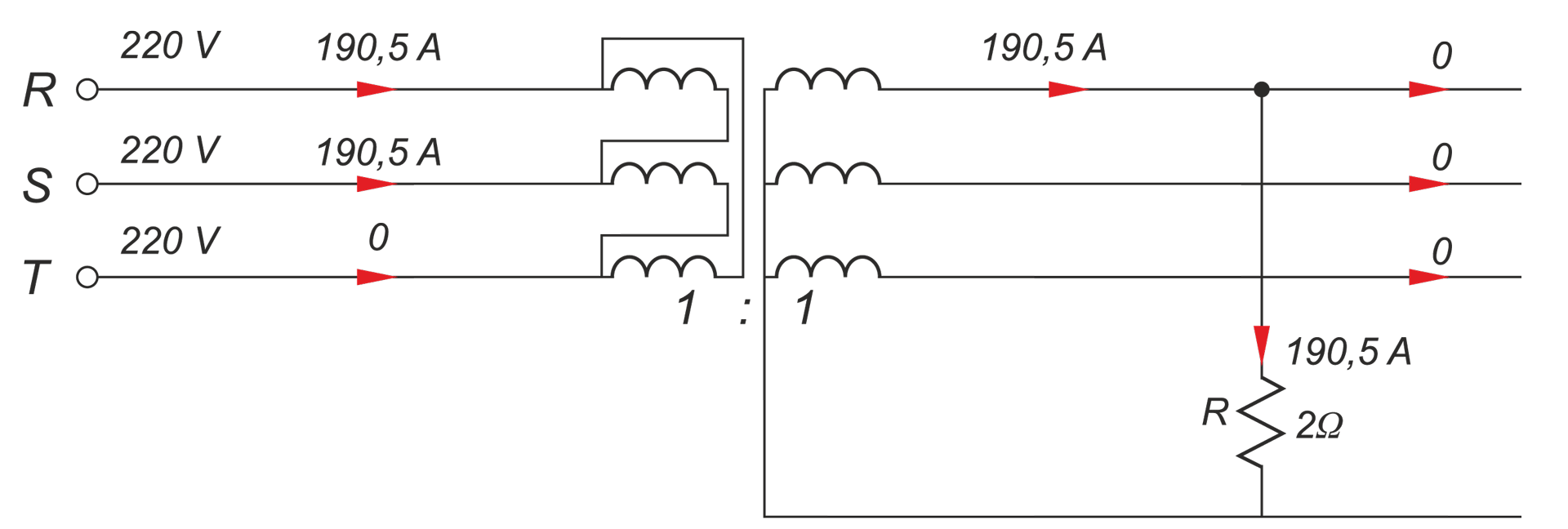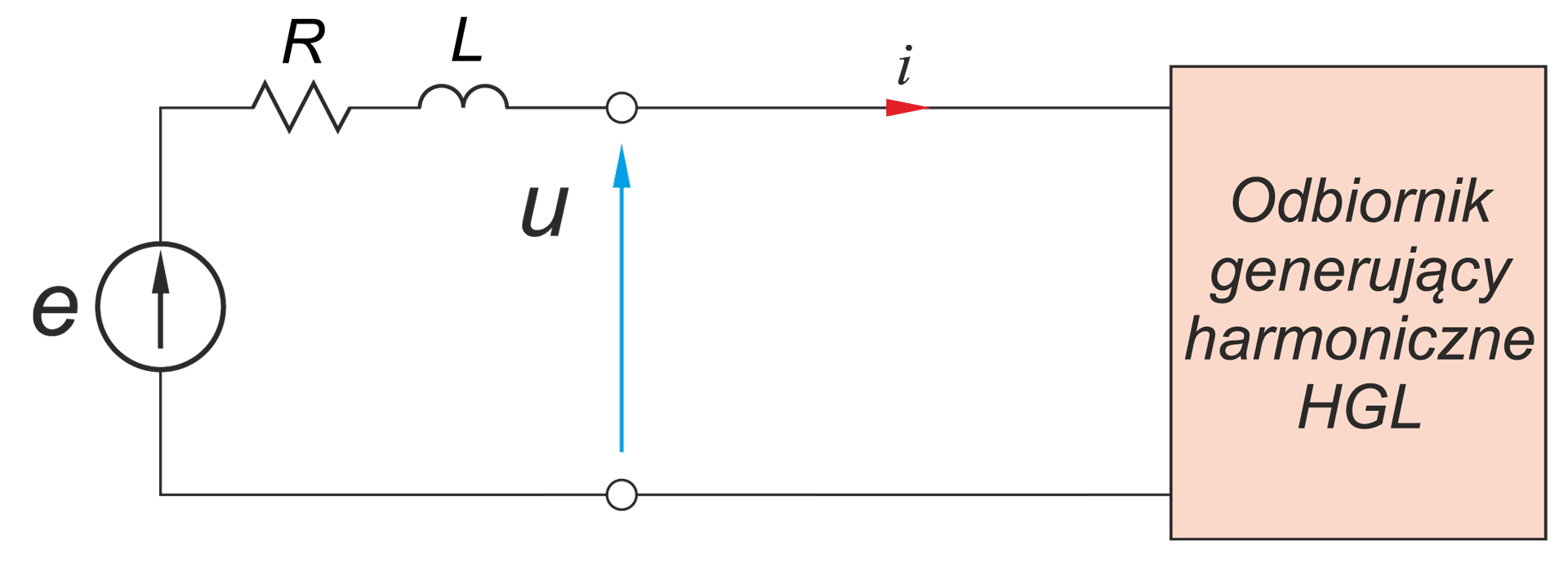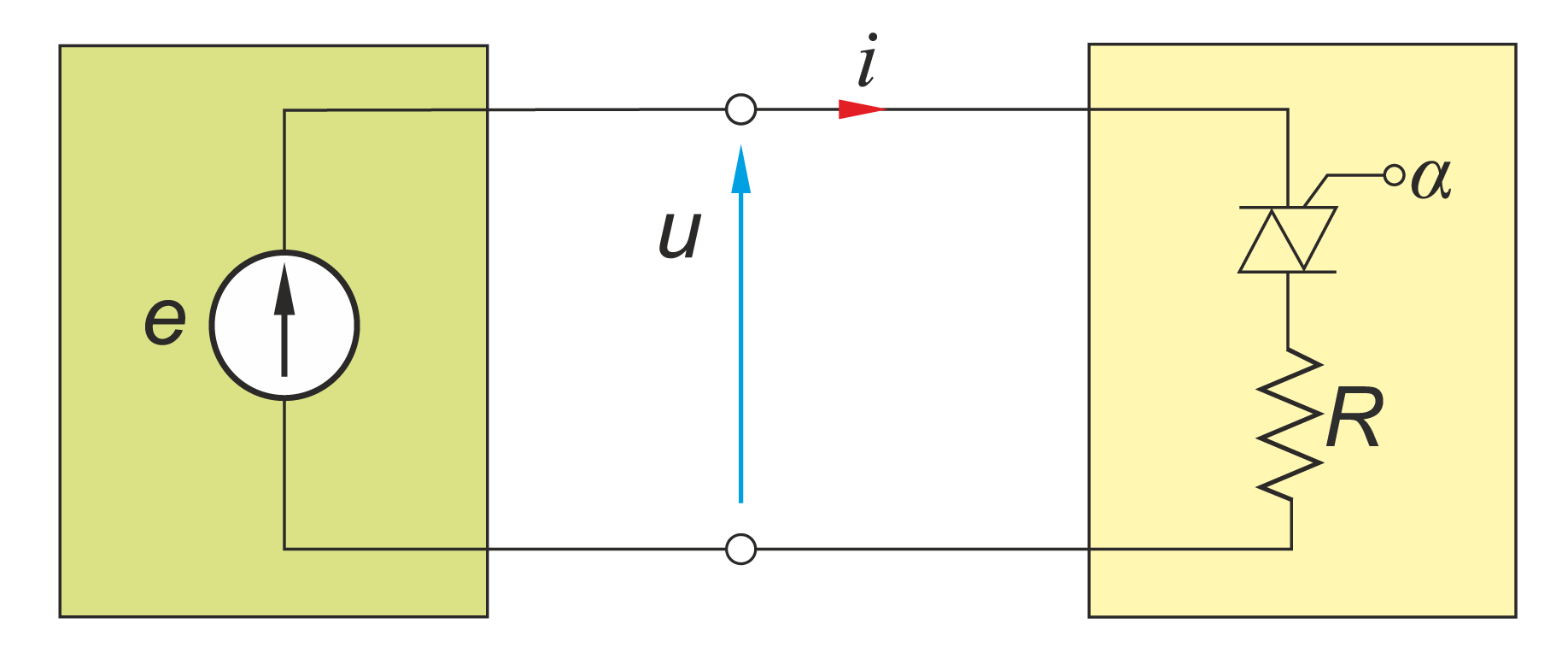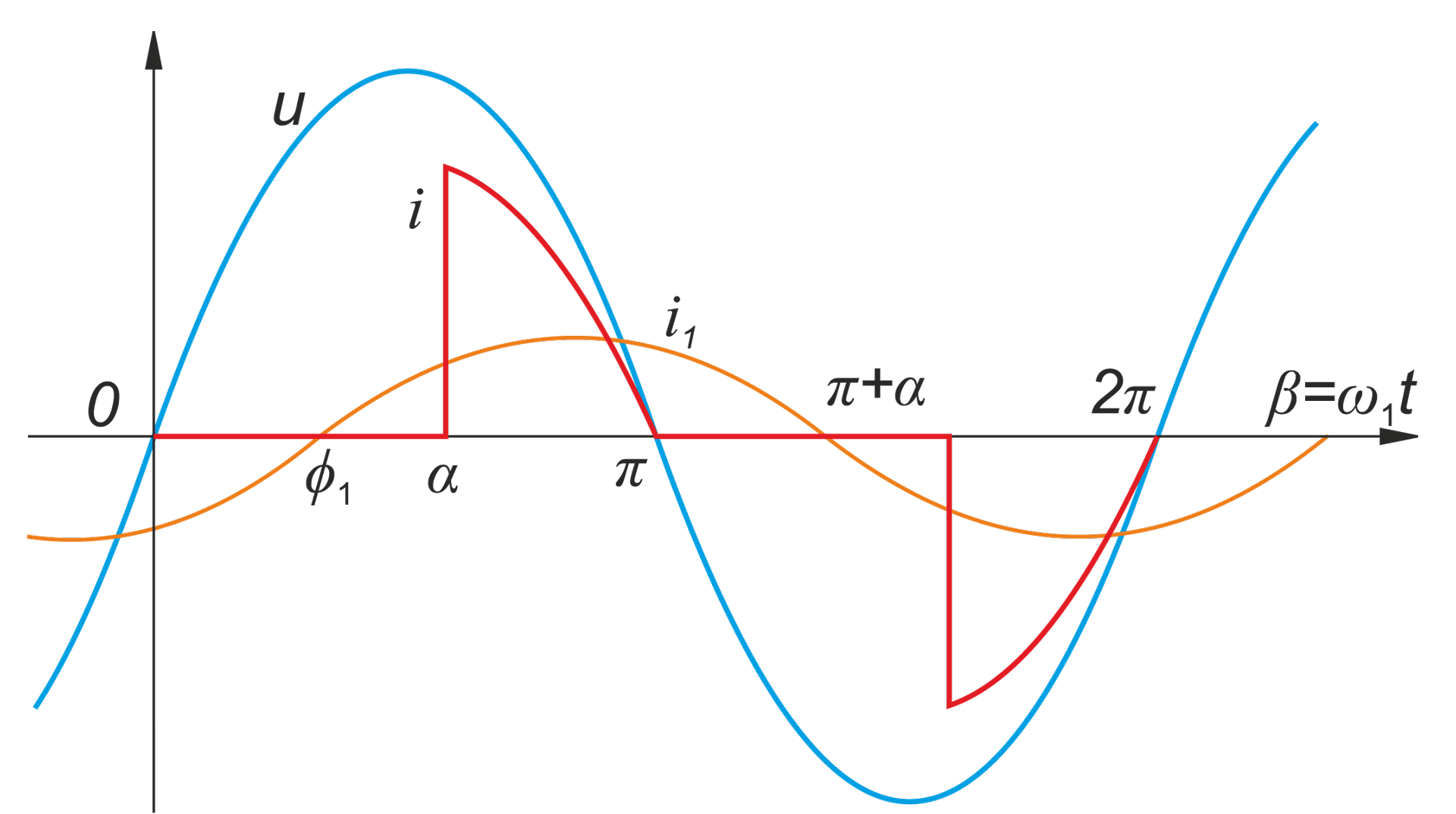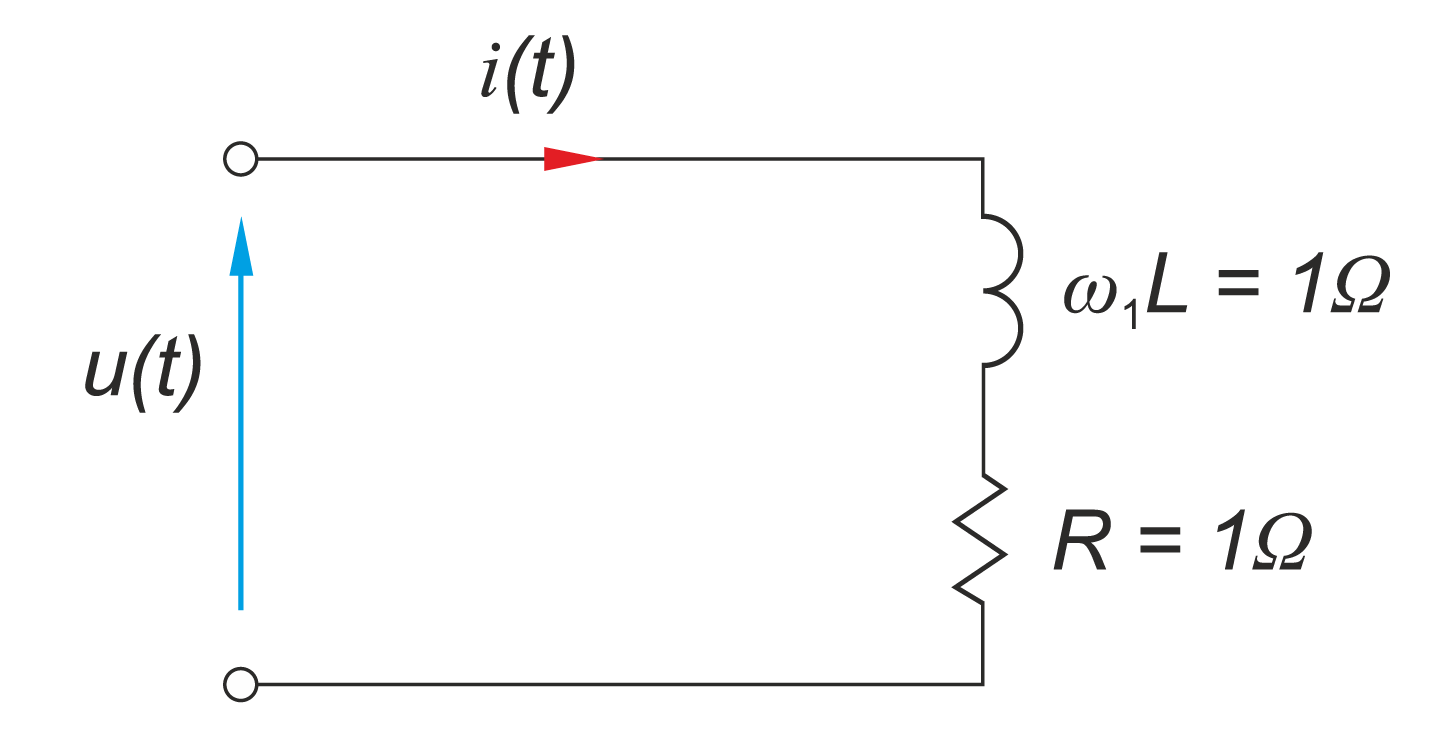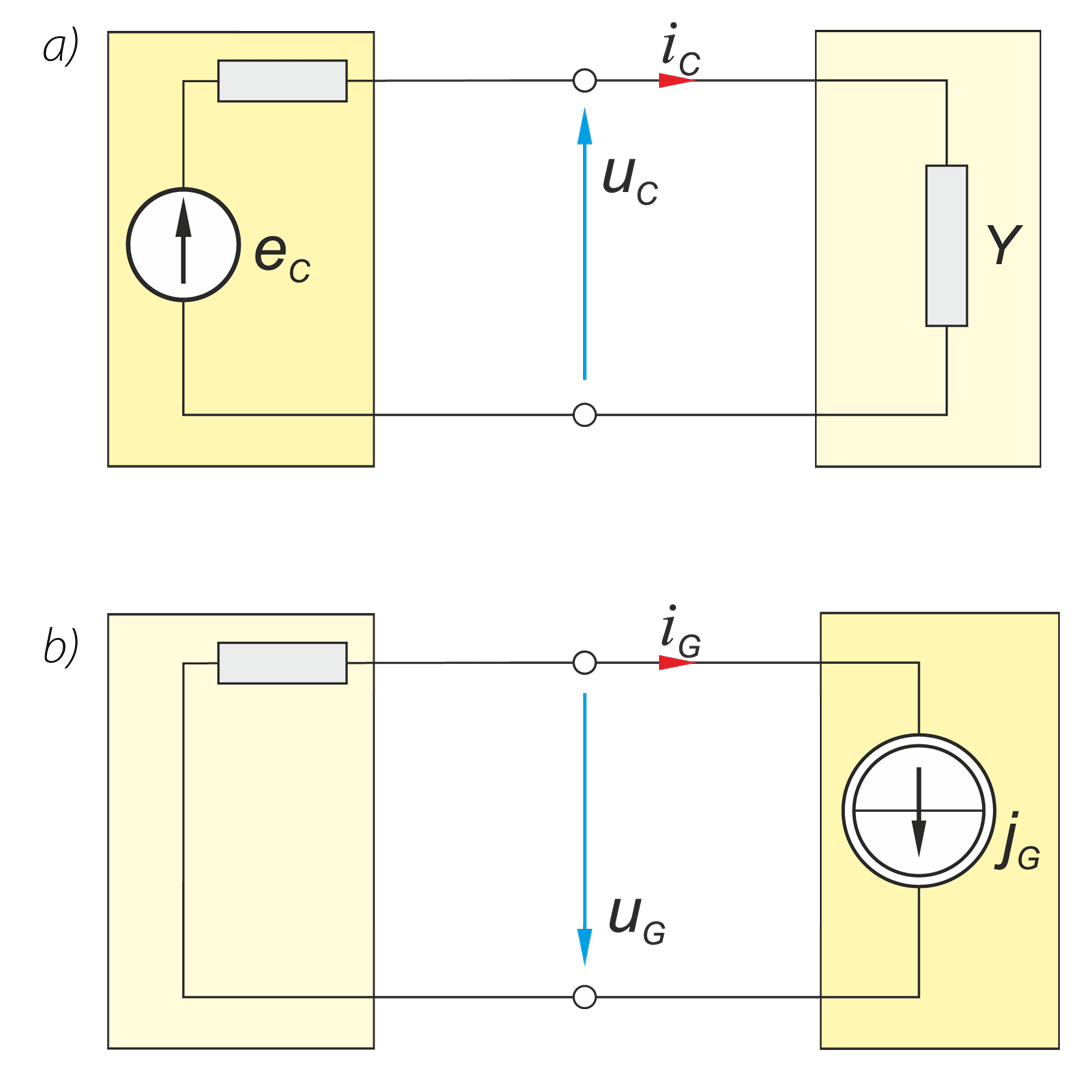E-journal for electrical and electronic engineers
AUTOMATYKA, ELEKTRYKA, ZAKLOCENIA
(AUTOMATICS, ELECTROTECHNICS, DISTURBANCES)
vol. 9, nr 3 (33) 2018
Powers and Compensation in Systems with Nonsinusoidal Voltages and Currents. Part 12. Power factor of single and threephase, linear and nonlinear loads
Abstract
Considerations on effects of various physical phenomena in a load and features of electrical circuits upon the power factor are the subject of the paper. These considerations include both effects of the circuit structure and the features of loads. Erroneous interpretations of the reactive power and erroneous definitions of the apparent power are commented on as well. The Currents’ Physical Components (CPC)-based power theory provides theoretical fundamentals for the paper.
-->Keywords
CPC
Fig.
Bilbiography
[1] Ch.P. Steinmetz, “Findet eine Phasenverschiebung im Wechselsstromlichtbogen statt” (In German), ETZ, s.567-568, 1892.
[2] F. Buchholz, “Die Drehstromscheinleistung bei Unglaichmaβiger Belastung der drei Zweige”, Licht und Kraft, pp. 9-11, 1922.
[3] C.I. Budeanu, "Puissances Reactives et Fictives", Institut Romain de l'Energie, Bucharest, 1927.
[4] S. Fryze, ”Moc rzeczywista, urojona i pozorna w obwodach elektrycznych o przebiegach odkształconych prądu i napięcia”, Przegląd Elektrotechniczny, z. 7, pp. 193-203, z. 8, pp. 225-234, 1931, z. 22, pp. 673-676, 1932.
[5] W. Shepherd, P. Zakikhani, “Suggested definition of reactive power for nonsinusoidal systems”, Proc. IEE, 119, No. 9, pp. 1361-1362, 1972.
[6] N.L. Kusters, W.J.M. Moore, “On the definition of reactive power under nonsinusoidal conditions”, IEEE Trans. Pow. Appl. Syst., PAS-99, No. 3, pp. 1845-1854, 1980.
[7] L.S. Czarnecki, “Considerations on the reactive power in nonsinusoidal situations”, IEEE Trans. Instr. Meas., IM-34, No. 3, pp. 399-404, 1984.
[8] L.S. Czarnecki, “Orthogonal decomposition of the current in a three-phase non-linear asymmetrical circuit with nonsinusoidal voltage”, IEEE Trans. IM, IM-37, No. 1, pp. 30-34, 1988.
[9] L.S. Czarnecki and T. Swietlicki, "Powers in nonsinusoidal networks, their analysis, interpretation and measure-ment," IEEE Trans. Instr. Measur., Vol. IM-39, No. 2, pp. 340-344, April 1990.
[10]L.S. Czarnecki, “Equivalent circuits of unbalanced loads supplied with symmetrical and asymmetrical voltage and their identification”, Archiv fur Elektrotechnik, 78 pp. 165-168, 1995.
[11]L.S. Czarnecki, “Energy flow and power phenomena in electrical circuits: illusions and reality”, Archiv fur Elektrotechnik, 82, No. 4, pp. 10-15, 1999.
[12] L.S. Czarnecki, “Power factor measurement,” Wiley Encyclopedia of Electrical and Electronics Engineering, John Wiley & Sons. 1999.
[13]L.S. Czarnecki, "Moce w Obwodach Elektrycznych z Niesinusoidalnymi Przebiegami Prądów i Napięć", Oficyna Wydawnicza Politechniki Warszawskiej, 2005.
[14]L.S. Czarnecki, “Powers and compensation in circuits with nonsinusoidal voltages and currents, Part 4. Compensation of three-phase unbalanced systems in nonsinusoidal conditions,” AUTOMATYKA, ELEKTRYKA, ZAKLOCENIA", www.epismo-aez.pl, vol. 2, no.2 (4), pp. 44–53, 2011.
[15]L.S. Czarnecki, “Powers and compensation in circuits with nonsinusoidal voltages and currents, Part 3. Current’s Physical Components and compensation in single-phase with Harmonic Generating Loads (HGL)”, AUTOMATYKA, ELEKTRYKA, ZAKLOCENIA, www.epismo-aez.pl, vol. 2, nr 1 (3), pp. 57–65, 2011.
[16]L.S. Czarnecki, “Working, reflected and detrimental active powers”, IET on Generation, Transmission and Distribution, Vol. 6, No. 3, pp. 223-239, 2012.
[17]L.S. Czarnecki, P.H. Haley, “Currents’ Physical Components (CPC) in four-wire systems with nonsinusoidal symmetrical voltage,” Przegląd Elektrotechniczny, R.91, No. 6, pp. 48-53, 2015.
[18] L.S. Czarnecki, P.M. Haley, “Unbalanced power in four-wire systems and its reactive compensation”, IEEE Trans. on Power Delivery, Vol. 30, No. 1, pp. 53-63, 2015.
[19]L.S. Czarnecki, “Powers and compensation in circuits with nosinusoidal voltages and currents, Część 11. Krytyczne uwagi do normy DIN 40100; Domniemany wpływ oscylacji energii na współczynnik mocy oraz krytyczna weryfikacja sensu fizycznego mocy biernej”. AUTOMATYKA, ELEKTRYKA, ZAKLOCENIA, DOI: 10.17274/AEZ.2017.29.01, pp. 6-15, Vol. 8, Nr 3 (29) 2017


